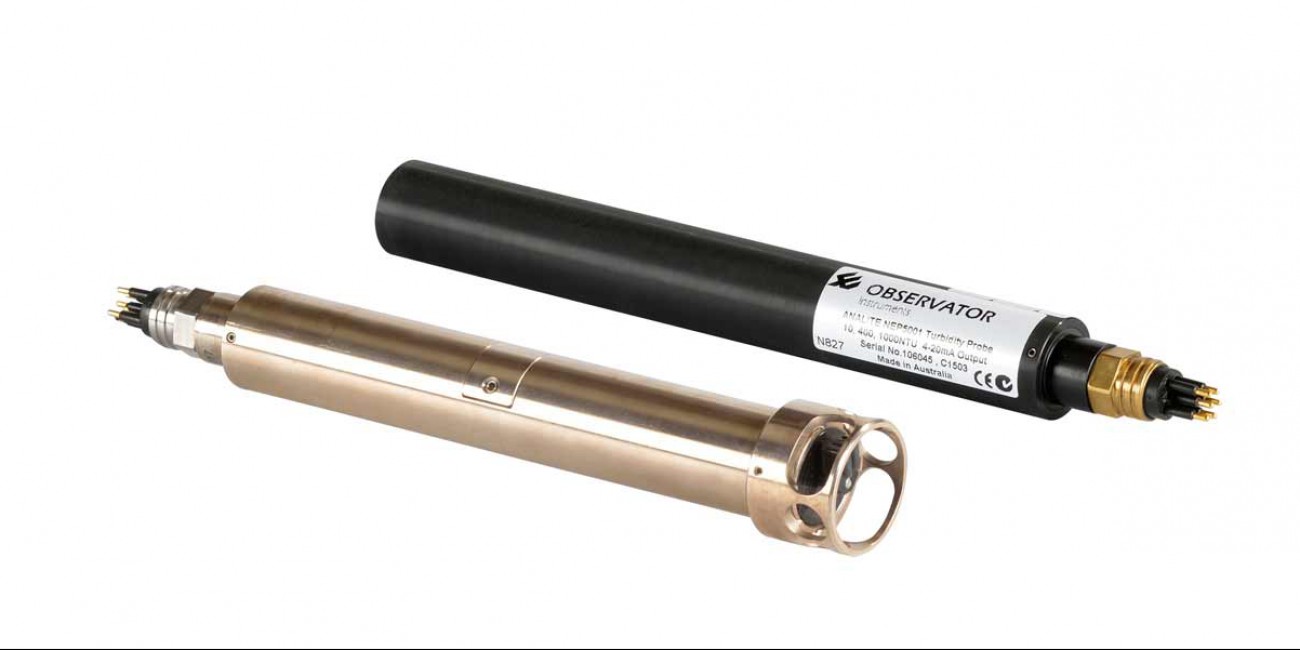Tuesday 2 August 2016

At the end of 2015, Observator introduced the Analite NEP5000 turbidity sensor family. Based on the experience from earlier sensor families, the electronics have been completely redesigned using state-of-the-art techniques. This resulted in a giant leap in performance and functionality. By using a modular design, with several housing and interface options, a true ‘family’ of sensors was created. All NEP5000 family members share the same optical head and the same main electronics board. They differ mainly in their housing and interfacing. Interface options include SDI-12, RS485 and analog signals like 4-20 mA, voltage output and more. Housing options include low-cost Delrin, anti-fouling copper-alloy and more. Optionally, each sensor can be equipped with a pressure and a temperature sensor.
Because of its flexibility, the NEP5000 supersedes all previous Analite sensors, except for the NEP490 series. The NEP490 has an internal data logger which the NEP5000 lacks.
Options and features
One of the options of the NEP5000, is to have a USB output (either built-in or as a separate converter to USB). This allows the probe to be used together with a laptop, tablet or smartphone. For the user this means that he has the comfort of a handheld device, without the typical disadvantages of a dedicated handheld (high cost, hard to repair/replace). Also, any phone or tablet can be combined with any USB probe, making it very easy to swap components.
One of the most outstanding features of the NEP5000 family, is its excellent stability at very low NTU values. For example, the range of 10 NTU offers stable readings at a resolution of 0.03 NTU! Each sensor has three ranges with auto-ranging capability. This allows one sensor to have, for example, a range of 0-10 NTU as well as a range of 0-5000 NTU (and a third range in between).
NEP5000 probes in various housings have successfully been used all over the world, from the cold waters in Norway to the hot waters in the Middle-East and from the Americas to Australia. Depending on the environmental conditions, the low-cost Delrin housing may suffice, or Stainless Steel, Titanium or Copper Alloy housing can be used. The latter is particularly useful in conditions with strong bio-fouling, like in the Middle-East region. The copper alloy has a strong anti-fouling effect.
By continuing to use the site, you agree to the use of cookies. more information
The cookie settings on this website are set to "allow cookies" to give you the best browsing experience possible. If you continue to use this website without changing your cookie settings or you click "Accept" below then you are consenting to this.